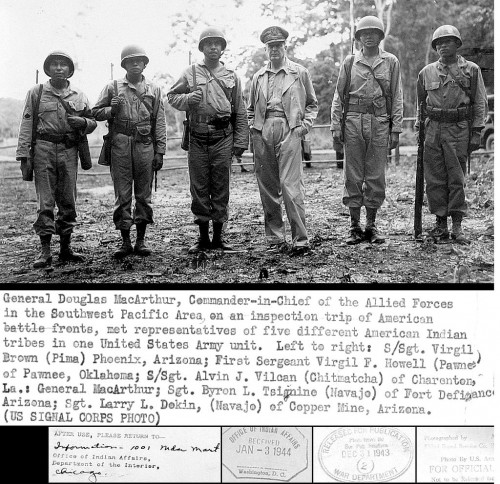While the time pressures of work and family life prevented me from posting this yesterday, Sept 02, 2015, a commemoration of the official surrender of Japan in WW2 is still in order. Like the commemoration of the atomic bombing of Japan, this post will be about how the events leading to the surrender have been covered in American culture. Specifically, it will be a posting of several C-Span network video links to presentations by the leading historians of the period including Craig Symonds, Richard Frank, D.M. Giangreco, and John Kuehn. Afterwards I will give short reviews of each video.
The following symposia video titles & descriptions, plus links, are from C-Span
1. Pacific War Turning Point
June 8, 2013
http://www.c-span.org/video/?313164-1/pacific-war-turning-point
Historians talked about the turning point in the Pacific theater
during World War II.”‚Craig Symonds argued the Battle of Midway was the
decisive engagement that shifted momentum in the Allies favor, while
Richard Frank asserted that the Guadalcanal campaign thwarted future
Axis plans and resulted in a permanent blow to the Japanese war
machine.”‚A video clip from “Victory at Sea” was played without sound.
After each author made his presentation, they held a discussion and
responded to questions from members of the audience.
“Pacific War Turning Point: Midway or Guadalcanal?” was part of The
Bernard and Irene Schwartz Distinguished Speakers Series WWII & NYC of
The New York Historical Society.
2. Fall of the Japanese Empire
July 14, 2015
http://www.c-span.org/video/?327055-1/discussion-fall-japanese-empire
Richard Frank, author of Downfall: The End of the Imperial Japanese Empire
,
spoke about the events leading up to Japan’s surrender at the end of World War II.”‚He talked about American and Japanese strategies and operations in the closing months of the war, the bombing of Hiroshima and Nagasaki, Japan’s surrender, and the fall of the Japanese Empire.
3. Strategies for the Invasion and Defense of Japan
August 6, 2015
http://www.c-span.org/video/?327355-5/strategies-invasion-defense-japan
D.M. Giangreco talked about the American offensive directed at Japan’s
northernmost island, Hokkaido.”‚He also spoke about the Soviet Union’s
involvement, including the influence of logistics and diplomatic
relations.
“The Hokkaido Myth: U.S., Soviet, and Japanese Plans for Invasion” was a portion of “Endgame: August 1945 in Asia and the Pacific,” a symposium hosted by the Institute for the Study of Strategy and Politics
4. Japan’s Decision to Surrender
August 6, 2015
http://www.c-span.org/video/?327355-7/japans-decision-surrender
John Kuehn talked about Japan’s decision to surrender to Allied forces
in August of 1945.
“A Succession of Miracles: Japan’s Decision to Surrender” was a portion of “Endgame: August 1945 in Asia and the Pacific,” a symposium hosted by the Institute for the Study of Strategy and Politics.
Each of the above presentations was hugely informative. In the “Pacific War Turning Point: Midway or Guadalcanal?” argument, I side with Richard Frank on its impact on Japanese military capability. The Guadalcanal campaign hurt the Japanese far more than the “Decisive battle” of Midway. I recently received a Kindle Copy of Phillips Payson O’Brien’s How the War was Won: Air-Sea Power and Allied Victory in World War II (Cambridge Military Histories) that convinced me of the importance of Guadalcanal over Midway in terms of killing off the best Japanese naval pilots, most of whom survived Midway.
In the second video on July 14, 2015 Richard Frank basically gives a presentation drawn from his coming trilogy on the “Asia-Pacific War” that highlights the Japanese military preparations to defend Japan, including the mobilization of a 20 million strong civilian-militia to back up the military, and how important the A-bomb was as compared to the Soviet Invasion of Manchuria in getting the Japanese to surrender. Frank also speaks to the King-Nimitz efforts to challenge Olympic and the total casualties up to August 1945 and how many more would have died from starvation had the war lasted even a short time longer. Frank tends to be US Navy centric and did not think much of MacArthur’s Olympic plans.
The third video, by D.M. Giangreco of a presentation titled “The Hokkaido Myth: U.S., Soviet, and Japanese Plans for Invasion”, goes very heavily into Japanese, Soviet & American plans to alternately defend or invade the northern Japanese island of Hokkaido. Short form — The Soviets had enough American provided sealift for a light infantry division, but not enough airpower to protect it, and the available Japanese ground forces and Kamikazes would be able to make any Soviet lodgment a Pacific Anzio.
The final video, by John Kuehn, titled “A Succession of Miracles: Japan’s Decision to Surrender” goes deeply into the Japanese high command, civilian leadership and the Showa Emperor’s maneuvering to achieve a surrender. I found it particularly useful in getting a better understanding of the irrationality that dominated Japanese decision making. And the point that Kuehn made that the “Big-Six” represented the Japanese military “Moderate factions” was chilling.

